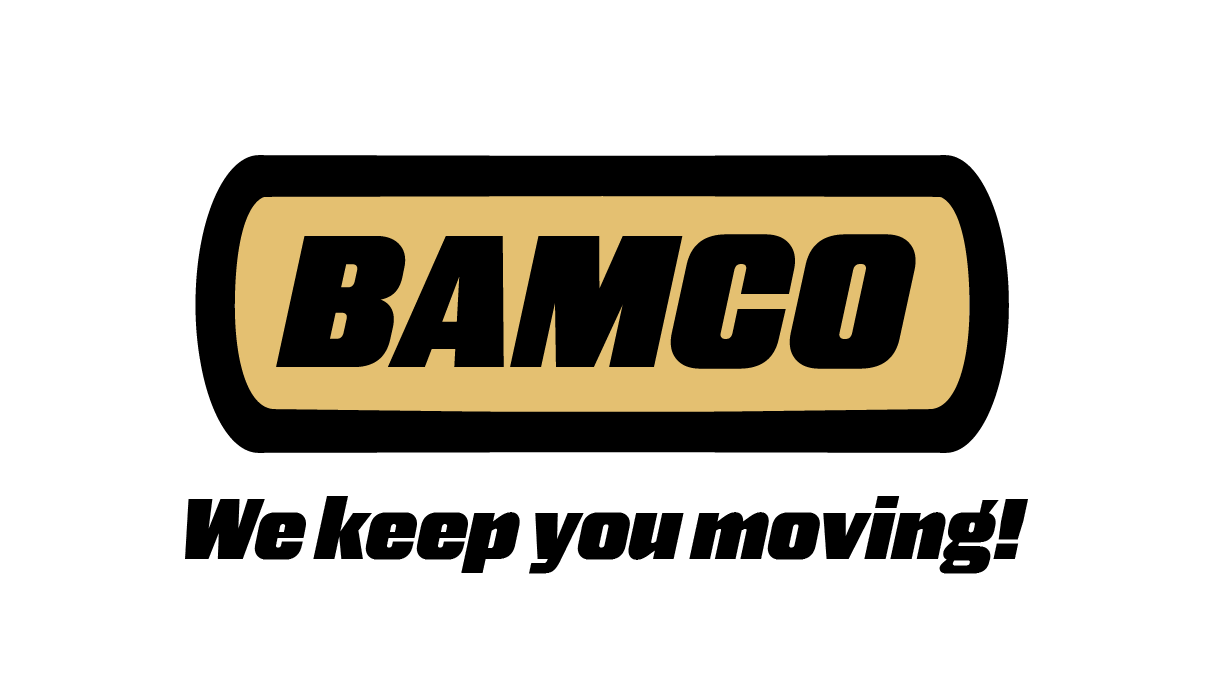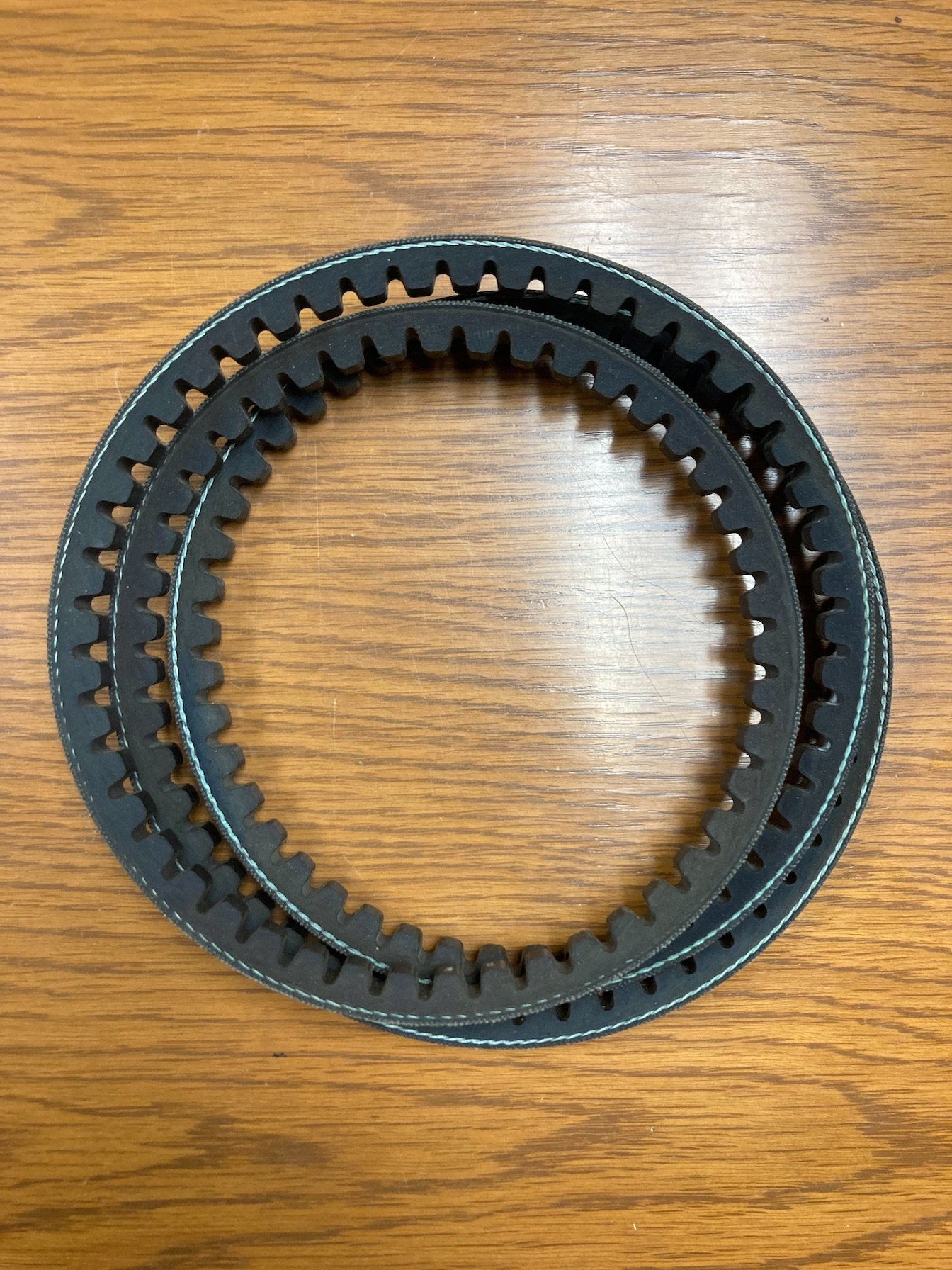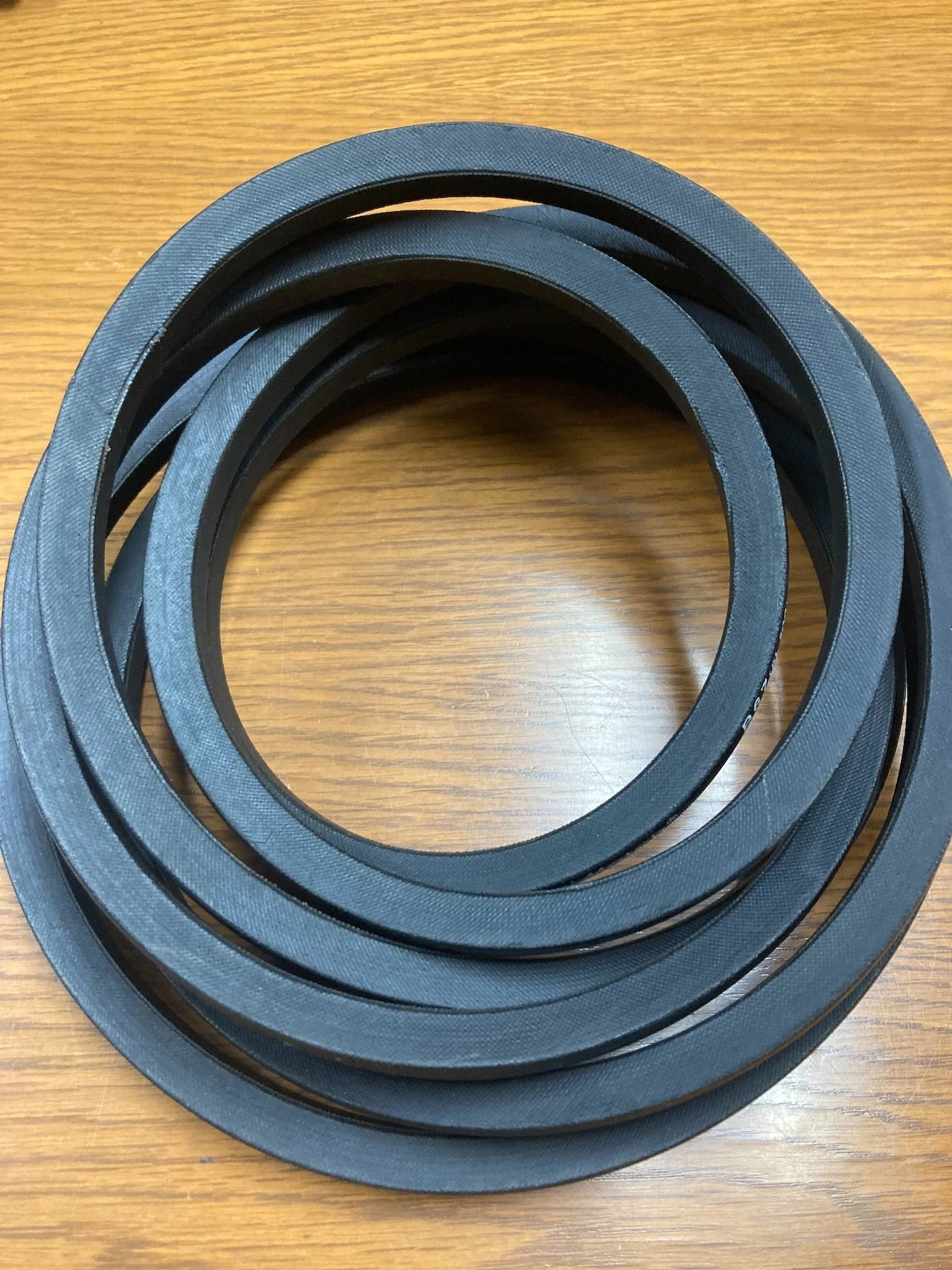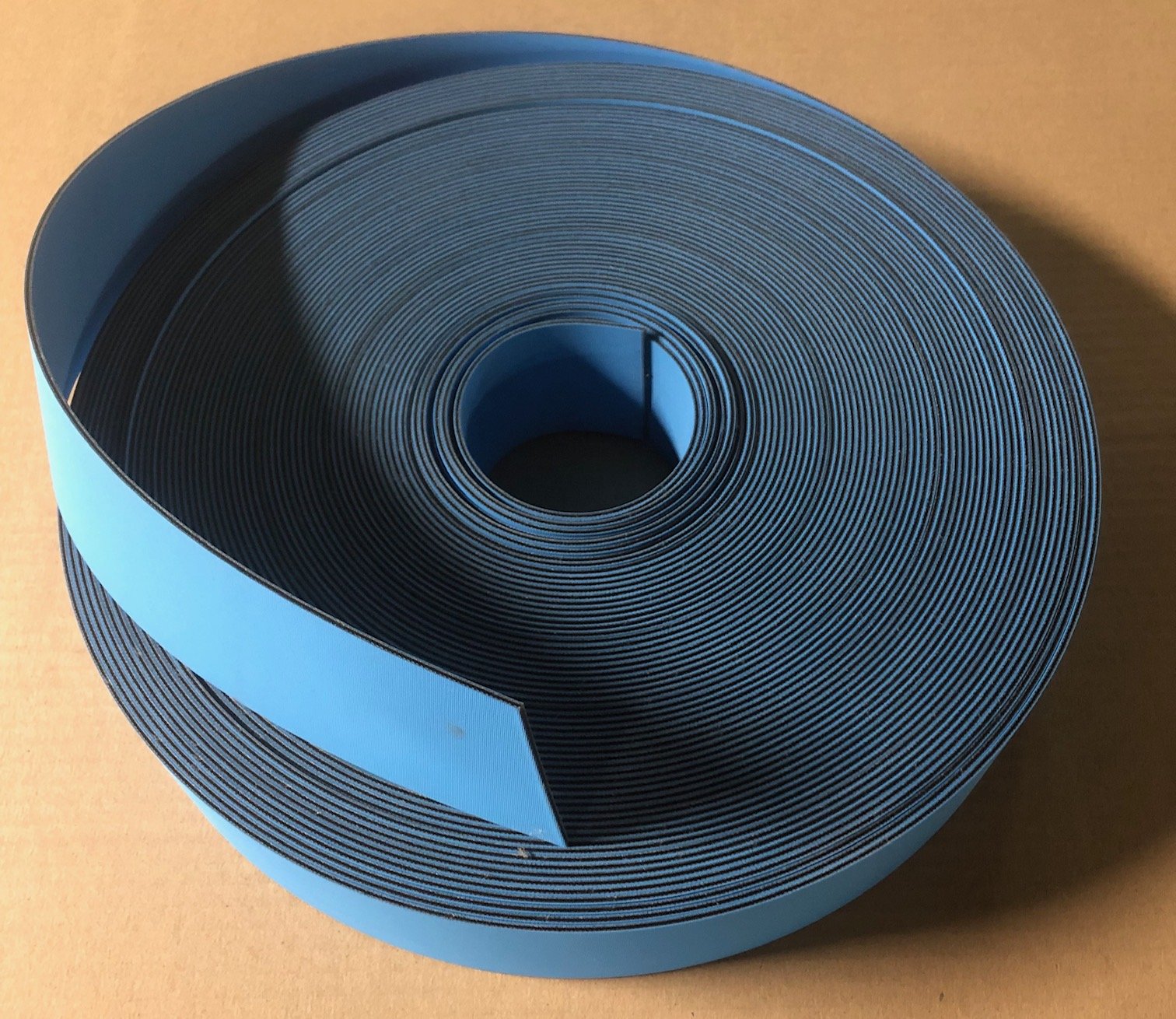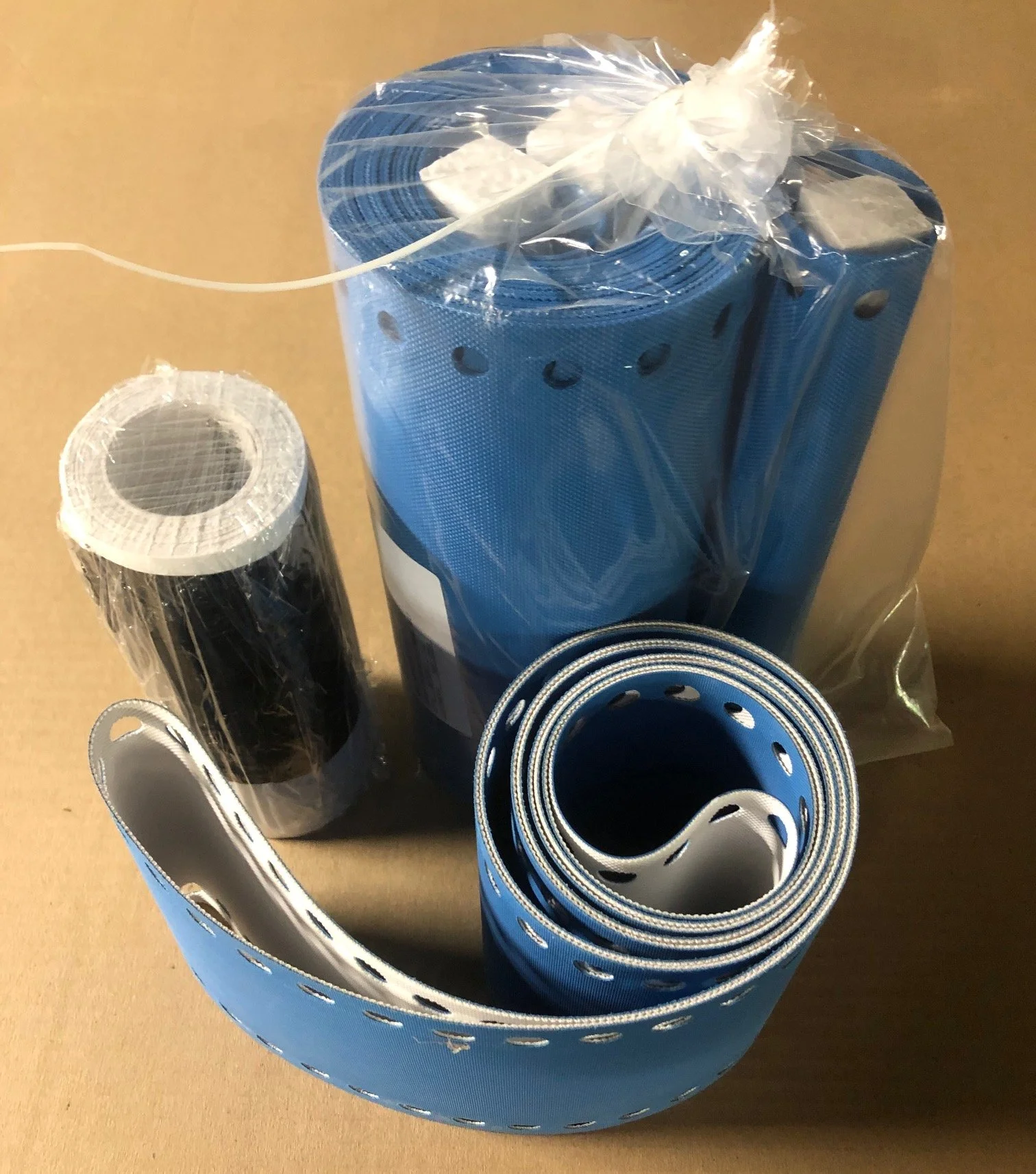Conveyor are material handling systems that are designed to move all sorts of materials, parts, and supplies. The purpose of each of these systems is to save business on time, energy, and cost. When it comes these conveyor systems, there are many different kinds. Each has their own “pros” and “cons.” This series of articles is going to cover all of the major kinds of conveyor systems and which systems are best suited for certain operation. Factors that determine this are costs, energy consumption, materials being conveyed, and more. With out further delay, lets determine which conveyor is best for your business.
Polyester Vs Elastic: Which Core Is Best For Your Paper Operation?
Polyester and Elastic are two core materials that are crucial to the printing, paper converting, and mail processing industries. In the printing industry, these materials are used for transporting, stackers, bookbinding, sheeters, and more. When it comes to paper converting they are used on folder-gluers, corrugators, and multiwall bags.
Which Splice Is Best For You?
Kelvar vs. Fiberglass: Which High Temp Conveyer Belt Is Better?
When it comes to high temperature conveyer belts there are two common choices for cores that can be used, Kevlar and Fiberglass. Kevlar is organic or synthetic fibers that do not melt or ignite in conditions where there are normal levels of oxygen. These kind of belts are commonly used in the aluminum extrusion industry as a cooling belt. When it comes to the resistance to certain materials, Kevlar is resistant to most oils and fats including those that come from plants, animals, and minerals. Kevlar can withstand continuous ambient temperatures of up to 350°C and contact temperatures of 450°C.
Fiberglass yarn is a material that has a very high strength to weight ratio, twice that of steel. When it comes to fiberglass there are two kinds, S-glass and E-glass. S-glass is a lot stronger than E-glass but is also more expensive. These belts generally come in one of two forms, mesh and smooth.
Two Types Of Fiberglass Belts
In reference to temperature resistance, fiberglass is stable in the range of -73 to 260°C. This material with retain 50% of its strength at 370°C and 25% of its strength at 537°C. Fiberglass is used often in the packaging, handling, and drying applications.
So what are the differences? What are the similarities? To start, both materials are; odorless and taste free, can be FDA compliant, have low moisture absorption, are rot-proof, and are stretch/shrink proof (fiberglass elongation is less than 1% for example). When it comes to strengths these materials start to differ. S-glass has a higher tensile strength (strength over area) than Kevlar but E-glass is weaker than Kevlar. You also might notice that the ability to withstand continuous ambient temperature is also different. Kevlar can operate in almost 100°C hotter than Fiberglass. Lastly, Kevlar is sensitive to acids, salts, and ultraviolet radiation. This could require you to have specific is covers for the Kevlar if your belt is being exposed to this.
Hopefully this gives you a better idea of the differences between the two materials. Make sure to keep this in mind when it comes to your next purchase of a high temperature conveyer belt. You always want to make sure that you have the best product for your situation.
Sources:
https://www.sciencedirect.com/topics/engineering/kevlar
https://en.wikipedia.org/wiki/Aramid
https://www.vetrotextextiles.com/technologies/fiberglass-manufacturing/fiberglass-properties
https://www.phelpsgaskets.com/blog/fiberglass--types-properties-and-applications-across-industries
https://www.youtube.com/watch?v=KHXVf0SaJpA
Industry Innovation: The Accu-link V-Belt
Which Transmission Belt Cover Is The Best?
In previous articles, we discussed the cost drivers when it comes to transmission belts and the differences between the cores that are found in this kind of belting. Based on the title, you can see that there are three common covers that are found on transmission belts; leather, rubber, and tempered polyurethane (TPU). In this article, we are going to discuss the differences between these three coatings.
Which Transmission Belt Core Is The Best For You? (Kevlar vs. nylon vs. polyester)
In a previous article, we discussed how cores are generally priced. Nylon is cheaper than polyester, which is cheaper than Kevlar. This then begs to question, what is the difference between them? Which one is right for me? In this article, we are going to discuss and compare the common cores that are found in transmission belts.
How Much Do V-Belts Cost?
In our previous article, we discussed the basics of V-belts. Now it is time for the fun part, the costs drivers. These belts range from a five dollars all the way up to a couple thousand. When it comes to this style of belting the dimensions are the biggest cost driver. The longer the belt, the more expensive that it is going to be.
What Is a V-Belt?
V belts are the most common form of transmission belt found across the board. They are used in many kinds of machines across various industries. Some examples of which are agricultural equipment, HVAC, lawn/garden equipment, and general transmissions. With that beings said, you might be asking yourself a few questions when trying to figure out which V-belt is right for your equipment. This article is going to go over the basics so that you can make an informed decision on which V-belt is right for you.
What Are The Major Cost Drivers When It Comes To Table Top Chains, Metal Belting, and Plastic Modular Belting?
This will be the last article in our pricing series. We will be covering the cost drivers when it comes to table top chains, metal belting, and plastic modular belting. A lot of these belts are selected based on their resistance to chemicals, strength, impact resistance, heat/flame resistance. We will cover the extremes on the price spectrum and what causes them to be priced how they are. With that being said there is a whole catalog of these products to fit your specific needs at a price that suites you.
Best In Class: Top 3 Folder-Gluers O.E.M’s
There are a lot of different Folder-Gluer manufacturers across the world and each company has its own strengths and weaknesses. With that being said, we broke down the three manufacturers that Bamco feels were the best in the industry. This list was based on; how often we see them/work on them. their content marketing, how widespread they are internationally, and their innovations in the industry.
Top 5 Problems With Bamco
You might click on this blog post and think “what the heck, who would write this about their own company?” Well, we would. We want to be as transparent as possible with our customers, partners, and vendors. Bamco would rather address the “skeletons in the closet” instead of letting them hide in there. So without further ado here are the 5 biggest complaints that we get from customers and competitors.
6 Common Causes Of Insufficient Belt Performance and Tracking Problems On Folder Gluers
A lot of times you get a new belt in, get it installed, and get the machine back up and running just to find that the belt is not performing properly or that there are tracking issues with the belt. These issues tend to lead to belts breaking early and more costly down time when it comes to the machines. Here are six of the main causes of this so that your machines can stay running longer
What Are The Major Cost Drivers When It Comes To High Temperature and Food Belts?
What Are The Major Cost Drivers When It Comes To Timing Belts?
What Are The Major Cost Drivers When It Comes to Flat Power Transmission Belts?
What are The Major Costs When It Comes To Buying Folder Gluer Belts?
What Are The Major Costs When It Comes To Buying Conveyer Belts?
Conveyer belts, like many things in life, have a cost that is variable depending on a lot of factors. There is no fixed costs. The obvious cost drivers such as freight, selling expense, overhead, and the dimensions of the belt. However, this post is here to discuss some of the other costs drivers that are associated with purchasing a conveyer belt.
